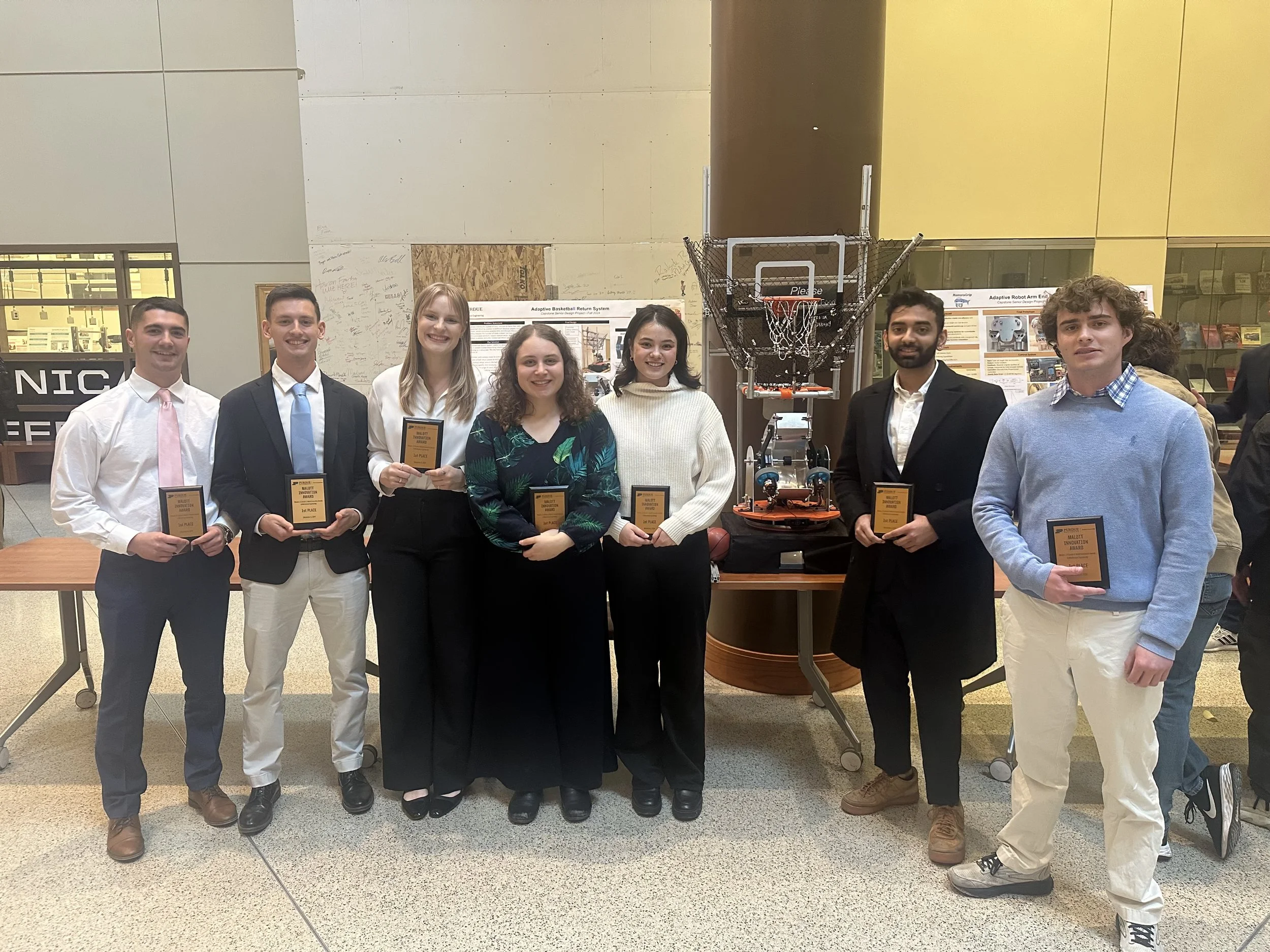"Pixel-by-pixel absolute three-dimensional shape measurement with modified Fourier transform profilometry" Appl. Opt., (2017)
/[95] H. Yun, B. Li, and S. Zhang, "Pixel-by-pixel absolute three-dimensional shape measurement with modified Fourier transform profilometry", Appl. Opt., 56(5), 1472-1480, (2017); doi: 10.1364/AO.56.001472
Abstract
Single-pattern Fourier transform profilometry (FTP) method and double-pattern modified FTP method have great value on high-speed three-dimensional (3D) shape measurement, yet it is difficult to retrieve absolute phase pixel by pixel. This paper presents a method that can recover absolute phase pixel by pixel for the modified FTP method. The proposed method uses two images with different frequencies, and the recovered low frequency phase is used to temporally unwrap the high-frequency phase pixel by pixel. This paper also presents the computational framework to reduce noise impact for robust phase unwrapping. Experiments demonstrate the success of the proposed absolute phase recovery method using only two fringe patterns.



